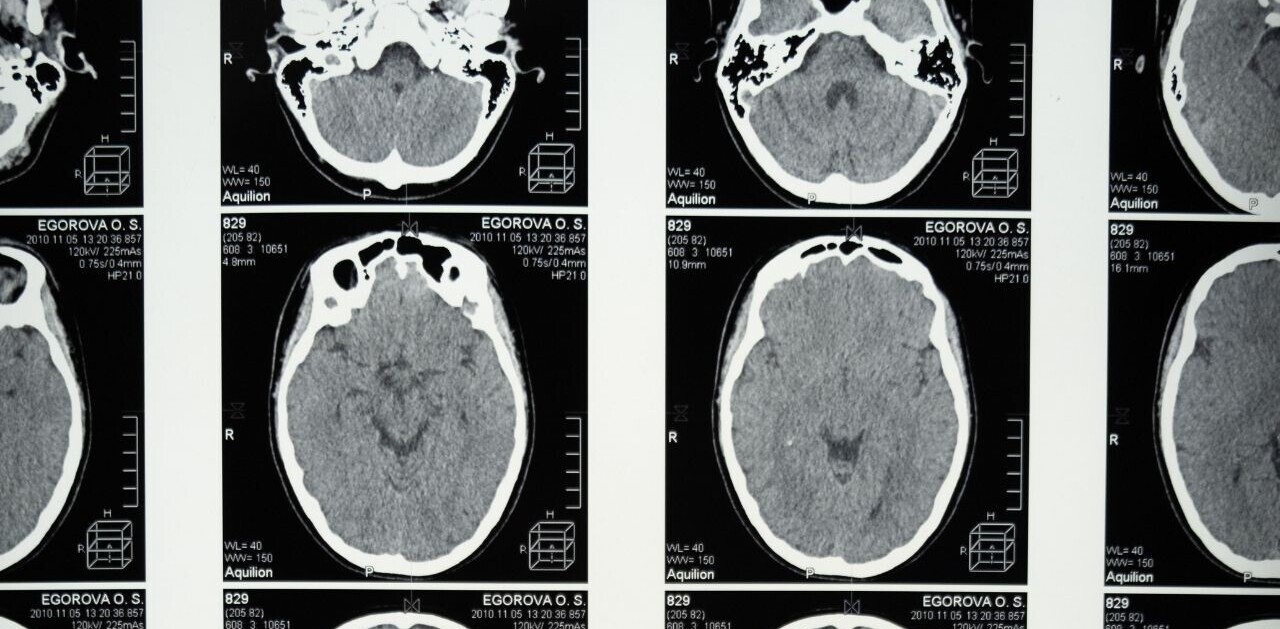An algorithm accurately predicted the risk of someone with COVID-19 becoming seriously ill during the first wave of the pandemic in England, according to new research.
The British government-backed model was developed using anonymized data from more than 8 million adults in 1,205 general practices. It then analyzed factors including a person’s age, ethnicity, level of deprivation, body mass index, and existing medical conditions to predict their chance of catching COVID-19 and then dying or being hospitalized.
The algorithm was tested on two sets of anonymized data, from January to April 2020 and from May 2020 to June 2020, to evaluate whether it could accurately predict who would develop a severe illness. A study published Tuesday in the British Medical Journal concluded that it “performed well” in forecasting risks of deaths and hospital admissions due to COVID-19.
The researchers found that the 5% of people predicted to be at greatest risk accounted for 75% of the deaths from COVID-19. The results also support existing evidence that people who are male, from ethnic minority backgrounds, and over 70 are at high risk of severe outcomes from infection.
[Read: ]
Of those who died, 57.4% were male; 16.7% were from ethnic minority backgrounds; 82.5% were aged 70 and over; 32.3% had type 2 diabetes; 29.9% had dementia; and 23.6% were identified as living in a care home.
The study authors acknowledge that the results should be interpreted with caution as COVID-19 infection rates and prevention measures will change over time. But they add that the model can be updated as the pandemic evolves.
Researchers from Queen Mary University of London will now help implement the model in east London general practices — which cover a population of around 2 million — to assist them in shielding patients, managing current infections, and prioritizing future vaccination programs.
However, medical experts warned that the algorithm is missing the data and implementation plan it needs to be a useful tool for managing the second wave of the pandemic.
“The model does not know who actually was exposed to or was infected by the virus that causes COVID-19,” said Derek Hill, professor of medical imaging at University College London.
“The model has no information about individuals’ behavior, such as whether they self-isolated, or worked in a high-risk job, washed their hands properly, or wore a mask, nor of whether there was lots of COVID-19 infections in an individual’s neighborhood. These missing data are arguably more important than the data included in the model at predicting who will get serious COVID-19.”
In its present form, the algorithm appears more useful for understanding the first wave than for managing the second.
Get the TNW newsletter
Get the most important tech news in your inbox each week.






